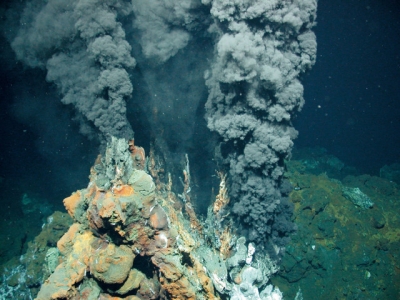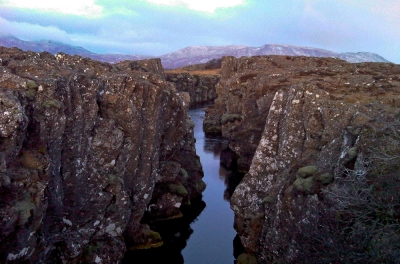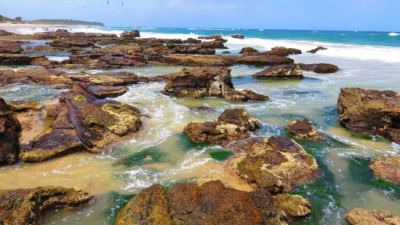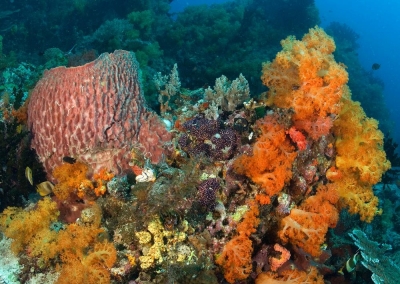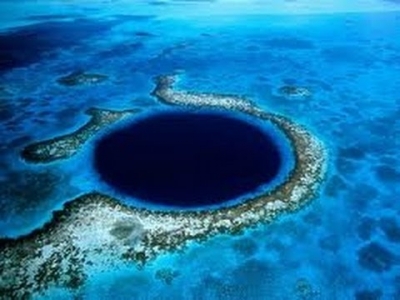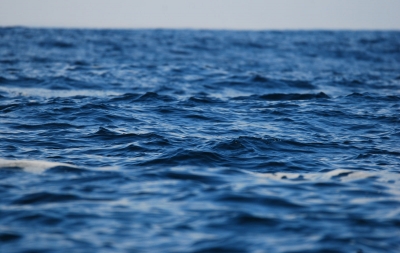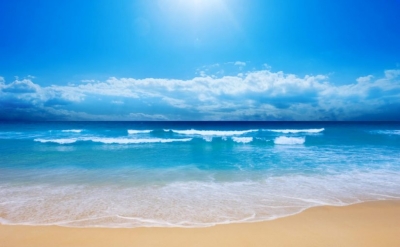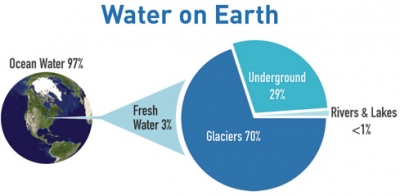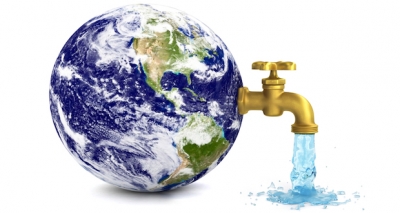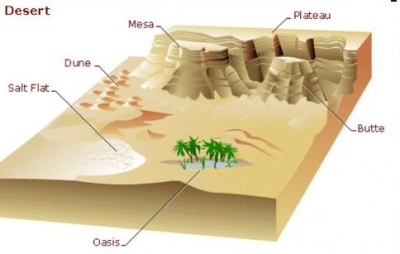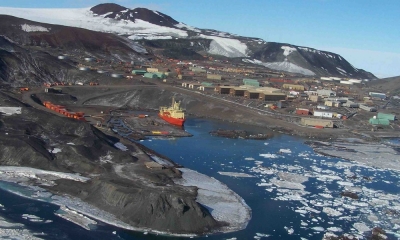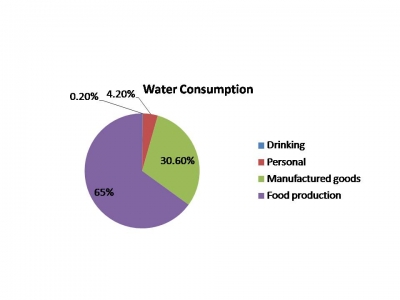
We use large quantities of water. We drink it, wash with it, use it in industry, and also prepare food with it. Below are the percentage of the water that each person uses every day for these activities.
Drinking:
Only a 0.2% of the water a person uses every day is for drinking. Your drinking water comes from natural sources that are either groundwater or surface water.
Groundwater comes from rain and snow that seeps into the ground. The water gets stored in open spaces and pores or in layers of sand and gravel known as aquifers. We use water wells or springs to harvest this groundwater.
Surface Water also comes from rain and snow. It is the water that fills the rivers, lakes, and streams.
Personal:
Nearly 4.2% of the water a person uses for washing, cleaning your teeth, and flushing the toilet use up this share. Water generally gets to our homes in one of two ways. Either it is delivered by a city/county water department (or maybe from a private company), or people supply their own water, normally from a well. Water delivered to homes is called "public-supplied deliveries" and water that people supply themselves is called "self supplied", and is almost always from groundwater.
Manufactured goods:
Nearly 30.6% of water a person use for manufactured goods. The industries that produce metals, wood and paper products, chemicals, gasoline and oils, and those invaluable grabber utensils you use to get your ring out of the garbage disposal are major users of water. Probably every manufactured product uses water during some part of the production process. Industrial water use includes water used for such purposes as fabricating, processing, washing, diluting, cooling, or transporting a product; incorporating water into a product; or for sanitation needs within the manufacturing facility. Some industries that use large amounts of water produce such commodities as food, paper, chemicals, refined petroleum, or primary metals.
Food production:
This takes up most of the water we use. Water is an essential part of our diet. Without it, our bodies would not work! For vegetative growth and development plants require water in adequate quantity and at the right time. Crops have very specific water requirements, and these vary depending on local climate conditions. The production of meat requires between six and twenty time more water than for cereals.
Picture Credit : Google
